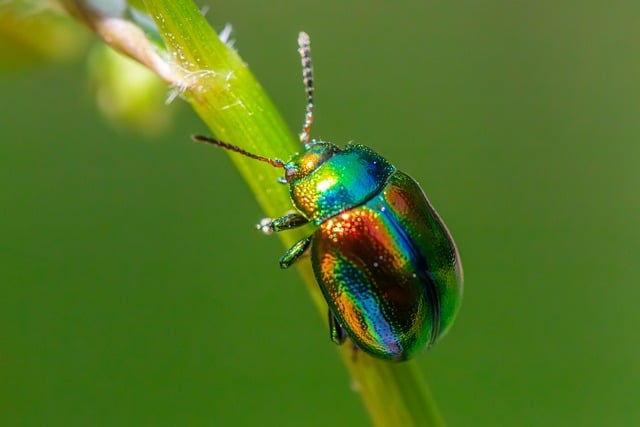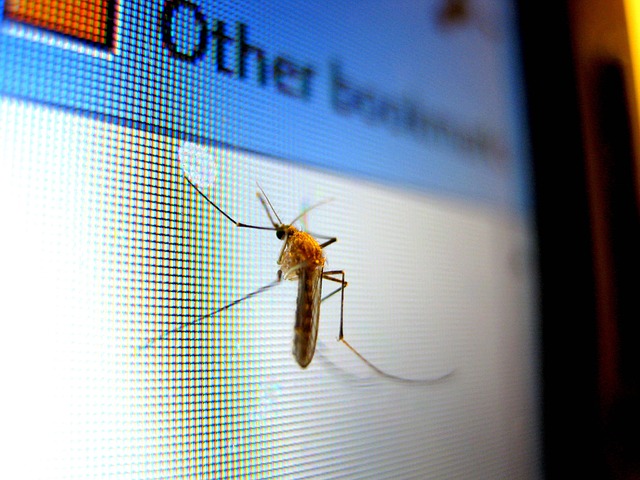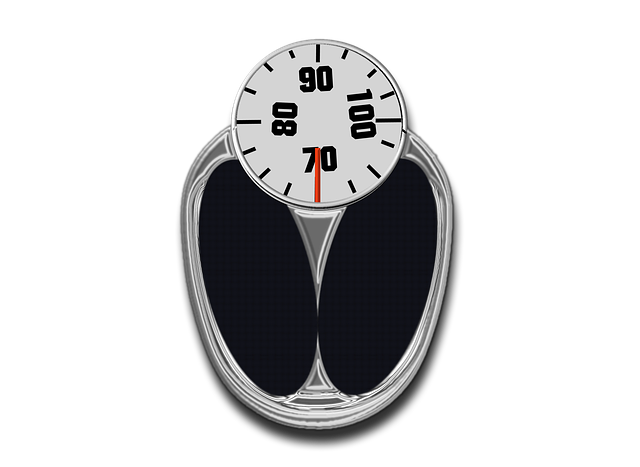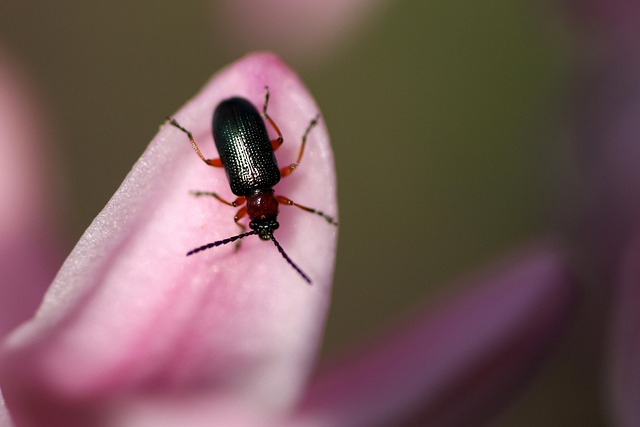hab *
In Greenwood Village, the presence of emerald ash borers (EAB) poses a significant threat to ash tree health. Understanding EAB infestations is crucial for effective treatment. This article guides you through identifying wasp nests, both predatory and destructive, associated with EAB activity. We offer safe and effective removal techniques tailored for these pests. Learn how to protect your Greenwood Village trees from EAB damage and ensure a robust, healthy urban landscape.
- Understanding Emerald Ash Borer Infestations in Greenwood Village
- Identifying Wasp Nests: Signs and Types
- Safe and Effective Removal Techniques for Wasps and Borers
Understanding Emerald Ash Borer Infestations in Greenwood Village

In Greenwood Village, Emerald Ash Borer (EAB) infestations have become a growing concern among residents and local authorities alike. The EAB is an invasive beetle known for targeting ash trees, causing significant damage and even leading to tree death if left untreated. This tiny yet destructive pest has found its way into the area, posing a serious threat to the village’s urban forest. Understanding the nature of these infestations is crucial in implementing effective treatment strategies for emerald ash borer in Greenwood Village.
The EAB life cycle involves laying eggs inside ash tree bark, and once hatched, the larvae feed on the tree’s inner tissues, disrupting its ability to transport water and nutrients. This process weakens the tree over time, making it susceptible to diseases and further damage. Identifying an infestation early is key to successful treatment. Residents are encouraged to look for characteristic signs such as D-shaped exit holes in the bark, sawdust around the base of trees, and branches that suddenly become brittle and break off easily. With proper treatment for emerald ash borer in Greenwood Village, residents can protect their beloved ash trees and preserve the area’s natural beauty.
Identifying Wasp Nests: Signs and Types

Identifying wasp nests is a crucial step before attempting any removal, especially when dealing with specific pests like the emerald ash borer (EAB), which requires tailored treatment in Greenwood Village. Signs of a wasp nest can vary greatly depending on the species, but some common indicators include papery or fibrous materials hanging from branches, visible tunnels or cavities in bark, and distinct buzzes or hisses near the tree or shrub.
In terms of types, wasp nests range from simple, open structures to complex, intricate designs. Some wasps build nests in trees, while others prefer shrubs or even structural features of homes. The emerald ash borer, for instance, often targets ash trees and creates characteristic exit holes that can be identified by the treatment professionals. Recognizing these signs early on is vital for effective pest management and preserving the health of local greenery in Greenwood Village.
Safe and Effective Removal Techniques for Wasps and Borers

When it comes to safe and effective wasp nest removal, especially for invasive species like the emerald ash borer in Greenwood Village, professionals recommend a strategic approach. The first step is identification; properly identifying the pest is crucial as different treatments are required for various insects. For emerald ash borers, early detection is key, as their presence can quickly deteriorate ash tree health.
Professional exterminators utilize specialized equipment and eco-friendly chemicals to treat these pests effectively without harming nearby flora or fauna. Traps and pheromone-based treatments are often employed to disrupt the pest’s lifecycle. Proper removal techniques ensure that adult wasps are eliminated, while also preventing the spread of larvae and eggs to other trees, thus protecting Greenwood Village’s urban forest from further damage.
& Organ, Structure
